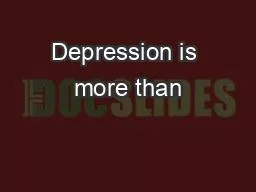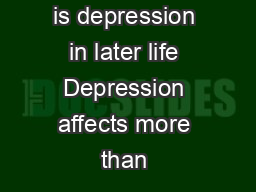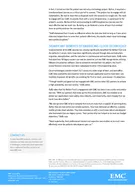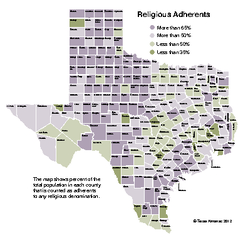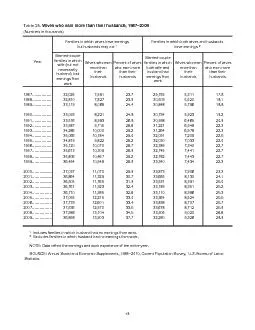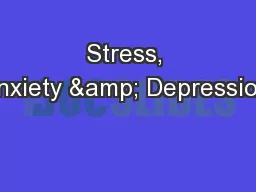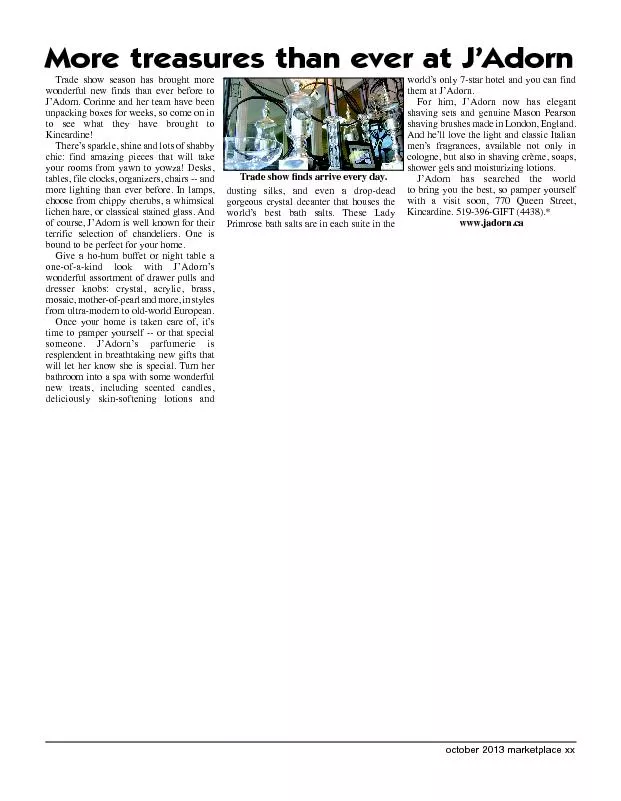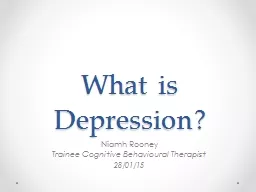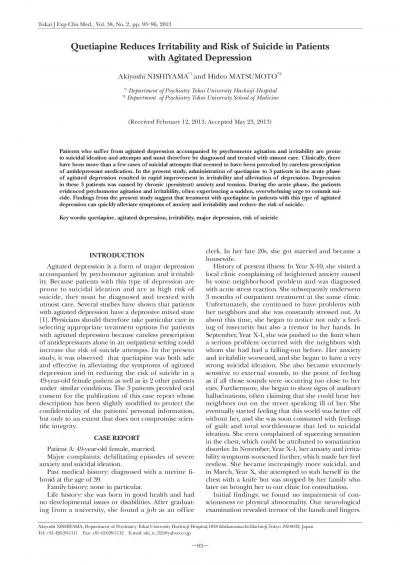PPT-Depression is more than
Author : medmacr | Published Date : 2020-06-17
the sumscore of its symptoms A novel network approach to understanding depression Eiko Fried KU Leuven Major Depression MD Prevalence Most common psychiatric
Presentation Embed Code
Download Presentation
Download Presentation The PPT/PDF document "Depression is more than" is the property of its rightful owner. Permission is granted to download and print the materials on this website for personal, non-commercial use only, and to display it on your personal computer provided you do not modify the materials and that you retain all copyright notices contained in the materials. By downloading content from our website, you accept the terms of this agreement.
Depression is more than: Transcript
Download Rules Of Document
"Depression is more than"The content belongs to its owner. You may download and print it for personal use, without modification, and keep all copyright notices. By downloading, you agree to these terms.
Related Documents

